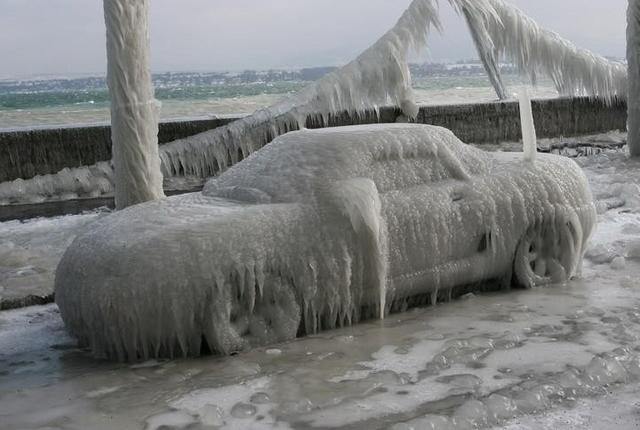
You winterize your car by systematically checking, substituting, or adding important ingredients and accessories. Here is the list of things to do, in order of priority:
Internal Care of the Car in Winter
Change the Oil: The engine is the heart of the vehicle, and the oil is the blood. The difference is that you need to manually change the oil in the car. Due to its inherent property, the oil gets thicker as it gets cold, and less effective at lubricating. For extreme winters, one should switch to thinner or less viscous oil, such as 5W-30.
Reconstituting Engine Coolant: The car coolant not only saves the engine from overheating, but also protects it against corrosion. In extreme winters, one should use the coolant with ethylene glycol as the antifreeze element, and mix it with water in the ratio as suggested in the vehicle’s manual. Generally, it is in the ratio of 60% coolant to 40% water.
Rejuvenating the Battery: Check if the battery is due to be replaced. Otherwise, follow the simple procedure of cleaning the battery terminal ends, and add distilled water in the battery. Have the battery checked for its ability to hold a charge.
Checking the Belts and Hoses: Perform a full inspection to make sure there is no wear and tear on the belts and hoses as the cold temperatures makes them brittle and weak.
External Care of the Car in Winter
Dependency of Tires: Check the air pressure in the tires, the pressure lowers with the drop in temperature due to the contraction of air. Make sure the tires are in good condition, and if your travel route involves a lot of snow, think of switching to snow tires for improved traction.
Enhancing Visibility: Replace the windshield wiper blades. Fill up the windshield washer reservoir with the antifreeze windshield washer fluid, since plain water freezes in extremely cold conditions. Check that the lights, heater, and defroster are in perfect working condition.
Completing Preparedness: Get the car properly tuned and the brakes checked. Try to keep the gas tank full to prevent moisture entering and freezing the gas lines. Don’t forget a spare tire and all tire changing equipment.
Last but not the least, put an emergency winter kit in the trunk of your car consisting of a blanket, ice scraper, snow shovel, gloves, glycerin tube, flares, and a flashlight. In addition, there's no harm in stuffing a complete survival kit full of extra water, food, warm clothes, and boots just in case.
A winterized car will make your trip safer, and therefore more enjoyable.

